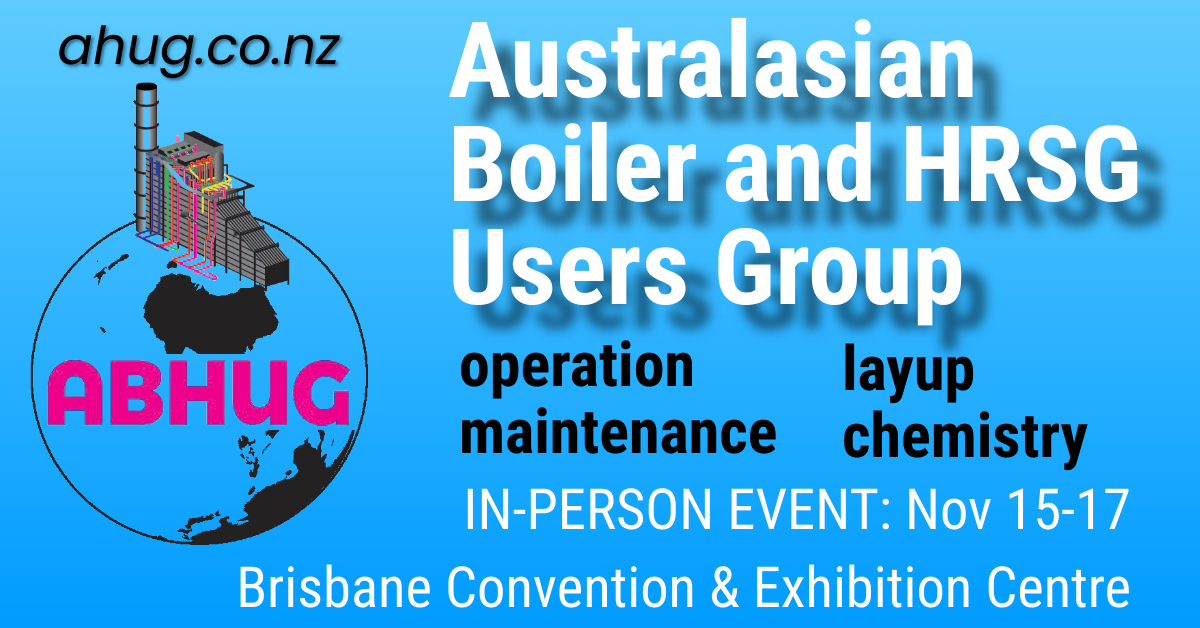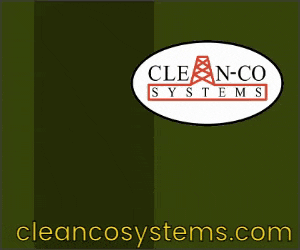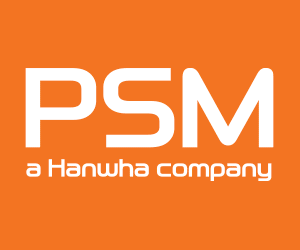The IAPWS Australasian Boiler and HRSG Users Group (ABHUG) returns to in-person meetings this year, hosting its 2022 conference November 15-17, at the Brisbane Convention & Exhibition Centre.
Presentations and open discussion sessions will focus on plant operation, maintenance, layup, cycle chemistry, and materials. Participants include users, consultants, and equipment/services providers. Attendees are encouraged to explain specific technical problems with their HRSGs, conventional boilers, steam turbines, and valves and then participate with others willing to share their experiences and debate solutions.
Several workshops will be conducted during this event—including one on the expanding use of film-forming substances (FFS) to protect metal surfaces in powerplant steam/condensate and cooling-water systems against corrosion and other degradation mechanisms.
Visit the conference website for names of participating companies/speakers, program updates, registration link, and sponsorship opportunities, and other details.
2021 Conference Highlights
Gauge the value of this meeting to your organization by reviewing the highlights of last year’s program, below, compiled by CCJ’s Consulting Editor Steve Stultz.
ABHUG 2021 was a virtual event, conducted on three consecutive mornings from Brisbane, Australia, and elsewhere, joined by more than 110 participants worldwide. It included 14 technical presentations with a blend of cycle chemistry, mechanical, and control experiences and issues across combined-cycle/HRSG plants and conventional boilers.
ABHUG organization and content are tied closely to its supporting organizations, which include the European HRSG Forum and various national groups of the International Association for the Properties of Water and Steam (IAPWS). Also closely aligned is the annual US-based HRSG Forum, making this part of a worldwide HRSG/combined-cycle information exchange.
Bob Anderson (Competitive Power Resources) and Barry Dooley (Structural Integrity Associates and IAPWS), the moderators for ABHUG 2021, will serve in that capacity again this year.
“Nothing’s for free.” CleanCo, Queensland’s publicly owned clean-energy generator, discussed the changes that have taken place at its Swanbank E Power Station (first commissioned by Stanwell in 2002) over the years. The facility’s transformation from baseload to a market-driven profile required continuous effort, long-term commitment, and careful attention to system impacts.
The 380-MW Swanbank E 1 × 1 combined cycle, based on GT26 gas turbine technology, has always been one of Australia’s most efficient thermal plants. The original design profile was daily operation with high output as needed, and low-load operation in the evenings.
But in 2014, the plant was put into cold storage, primarily to benefit from the increasing world-market value of its gas entitlements. Return-to-service dates then experienced delays, and long-term preservation techniques became a major new challenge.
CleanCo reopened Swanbank E in 2021 with the goal of helping Queensland transition to renewables. As the company’s Matt Sands explained: “With these operational changes, we’ve had to understand the unit a lot better. We’ve had to start pushing the boundaries and finding ways to meet the new market-driven demand curve.
“We’re having to re-learn the impacts of starting every day: thermal fatigue in the HRSG, drain and blowdown operations, and total system impacts, to maximize the life of the HRSG, turbines, and plant.
“And to do this, you have to understand that nothing’s for free. When you are starting and stopping the unit, it is going to cost you somewhere.” Operation has shifted to daily starts to support renewables, generally 3 to 11 p.m., Monday through Friday.
Sands listed examples such as offline-induced corrosion, thermal recycling, equivalent operating hours on the machines, and boiler/system chemistry. “Nothing’s for free, and we need to know all of the pinch points,” he repeated.
Stanwell E’s original design ramp rate was 11.5 MW per minute. To meet the new market demands, trials were set at 30 MW/min. The plant achieved that rate and currently operates at 17.5.
The latest effort is the Stanwell Fast Start Project, where there have been more teething issues. Intent is to reach minimum load in half their normal time of 4.5 hours. “If we get there sooner, we save a lot of fuel,” Sands stressed. But again, nothing is free. So he discussed some notable impacts on the steam/water cycle and steam-turbine temperature control.
He talked about improved temperature probes, and a new economizer bypass to increase range, to help condition water, and achieve higher temperatures. He also offered details about drum level control.
Sands then discussed low-load operation. “We are still testing, and looking at the impacts on the gas turbine, steam turbine, HRSG, and system water chemistry. Future projects will look at amines for wet storage, header crack monitoring, steam-turbine control-valve throttling, and flow issues with attemperator spray and OTC control valves.
Minimal chemistry instrumentation is a recurring conference topic because of its importance and less-than-optimum global observance. It focuses on instrumentation requirements for proper system water-chemistry control and monitoring. Chemistry-influenced failures and potential personnel safety issues are increasingly common with today’s changing operating profiles.
Kirk Buecher, Mettler-Toledo (US), offered a well-organized, informative review of all important measurements, instrumentation, and rationale—including important optional measurements and equipment.
“Too many plants are under-instrumented today,” he told attendees. “So, let’s look at the minimums of both equipment level and redundancy.” Some redundancy, Buecher explained, can offer good cross-checks of other equipment.
“This is a non-commercial presentation, and we’ll look at the options,” he said. He went on to list the principal drivers of his information including the IAPWS Power Cycle Chemistry Working Group as well as EPRI, VGB, ASME, ASTM, and other reliable sources. OEMs and academia are heavily involved.
So, he provided the following overview:
- Every plant should have at least a minimum level of instrumentation (MLI) which can uniquely identify (pinpoint) the key parameters and drivers to each and every failure/damage mechanism that can occur.
- Redundancy: The MLI does not only analyze specific chemistry locally; it needs to provide sensitivity analysis for the cycle (holistic view) in the event of a defective or out-of-service instrument. Thus, an instrument within the minimum key level is backed by other instrumentation or verification technologies. In a serious contamination event, the operator does not need to take time to validate the reading of an individual instrument.
- Equally important, the MLI should all be audibly alarmed in the control room or on the distributed control system.
An interesting direct quote here: “Pre-Covid, I visited somewhere between 40 and 50 plants a year all over the world and I’m still surprised by how many sensors, transmitters, and analyzers are just standalone. They’re not connected to anything. So, if you’re not right next to the transmitter or the analyzer when the alarm goes off, hours could pass before anybody notices the problem,” he explained.
Buecher followed with a detail-rich presentation on specific and direct conductivity, cation (acid) conductivity, pH, dissolved oxygen, sodium, phosphate, and oxidation/reduction potential. He included some equipment new to the market. He then added common reasons for monitoring and measuring degassed cation conductivity, silica, and TOC.
Catch problems early. Buecher went on to stress the proper measurement locations, and tying some optional measurements based on plant history. He focused on makeup water, condensate, feedwater, drum/evaporator monitoring, and steam-turbine protection.
Buecher reminded that measurement at the condensate pump discharge gives first warning of condenser leaks, regeneration chemicals from the makeup plant, or contaminated condensate from the storage system. It is critical for detecting air in-leakage.
At this same location, measuring cation conductivity gives a rapid alert to the ingress of corrosive anions. For seawater-cooled plants without condensate polishing, measuring for sodium is critical. Measuring pH and conductivity are optional, but also helpful for confirming other information. Measuring degassed cation conductivity can clearly indicate whether or not an increase in cation conductivity is from CO2.
He completed this session with makeup water, feedwater with and without polisher, HRSG evaporator water (running AVT, caustic treatment, phosphate), and main and reheat steam.
Update on erosion of HP bypass valves. An important and recurring problem at many HRSG/combined-cycle plants is erosion of seating surfaces in HP bypass pressure-control valves (PCV), attributed to ingestion of wet steam and water. Seat/plug damage results in leaking steam that overheats downstream carbon-steel pipe. Operators must then open the valve to minimum to enable safe attemperator operation to cool the pipe. Manual desuperheater operation will cause even more liner and pipe damage.
Co-chair Bob Anderson explained how water can end up in the valves, including that from condensate which forms while warming the HP steam pipework. Common solutions are ensuring the HPSH is drained during startup (before steam flow), ensuring interstage and final attemperators do not leak, reviewing DCS data to make sure superheat is available when the PCV is opened (may require additional surface-mounted thermocouples), and avoiding HP bypass operation during layup.
As noted during AHUG 2018, a change in PCV materials or design will not solve the erosion problem (CCJ No. 59, 4Q/2018, p 62, “Workshop 1: Steam-turbine bypass”). A change in operating practice can perhaps reduce the problem, but installation of new or larger pipe-warming drains may be needed.
Anderson’s presentation explained how to achieve warming steam flow for cold lag startups in 2 × 1, 3 × 1, and 4 × 1 systems, perhaps by enlarging/installing a warmup drain upstream of the HP isolation valve.
FEA, remaining life. For those who tuned in for a deep dive into finite element analysis and creep-fatigue crack growth, that came from Daniel Blanks, senior structural integrity engineer at Quest Integrity.
Blanks did not stop with what is involved in analysis, he showed attendees how to undertake assessments with step-by-step narratives and graphics. His background statement: “The shift away from baseload to flexible operation can result in an increase in damage to plant components, in particular thick-walled boiler components.”
The basic scope of his studies:
- Remaining life of an initial tube ligament crack is used to compare the effects of the various flexible operation modes on header components.
- Creep-fatigue crack growth is computed under baseload, two-shift, and low-load modes of operation.
He covered risk to headers and was very clear about his technical approach. Participants saw heat-transfer thermal models, stress analyses, and the details of creep-fatigue crack growth. This led to computation of remaining-life assessment for the various modes of operation.
Blank’s observations:
- For all headers considered during flexible operations studies, two-shift operation resulted in the fastest creep-fatigue crack growth, resulting in the shortest remaining lifetimes for those components.
- For cases where remaining lives were shortest (less than 20 years), the dominant crack growth mechanism was fatigue; creep crack growth contributed very little.
- Low-load modes of operation generally promoted faster creep-fatigue crack growth than baseload operation; however, it was generally slow enough to remain acceptable over the future service life of the component (30 years).
- Across all headers, baseload operation is very benign, with limited creep-fatigue crack growth.
And his conclusions:
- Using a combined FEA and creep-fatigue crack growth approach can provide an understanding of the effects flexible operations may have on header components, by comparing the remaining life of an initial crack.
- For some components, two-shifting can be very damaging, resulting in rapid creep-fatigue crack growth.
- If considering transition to flexible operation, wide-ranging thermocouple coverage and adequate testing of transient modes are essential to constructing a valid model for assessing remaining life.
Steering committee
ABHUG 2022 is chaired by Barry Dooley, Structural Integrity Associates (UK), and Bob Anderson, Competitive Power Resources (US). Steering committee members in addition to Dooley and Anderson are the following:
-
- David Addision, Thermal Chemistry, New Zealand*
- Matthew Sands, CleanCo, Queensland**
- Russell Coade, HRL Technology Group, Victoria*
- Michael Drew, Australian Nuclear Science & Technology Organisation (ANSTO), NSW*
- Armand du Randt, Genesis Energy, New Zealand*
- Stuart Mann, AGL, Victoria**
- Keith Newman, Synergy, Western Australia**
- Charles Thomas, Quest Integrity, New Zealand**
* Consultant
** Energy provider










